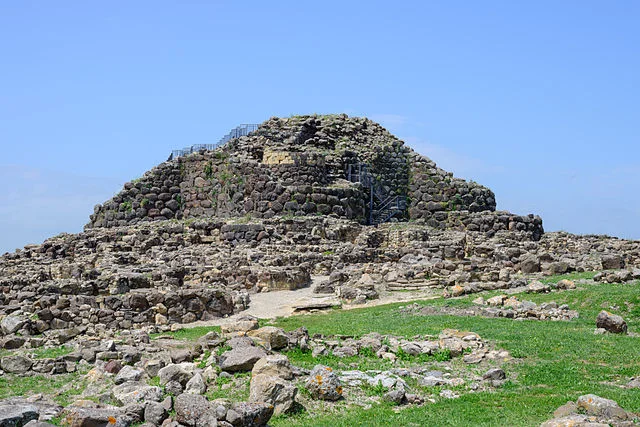Su Nuraxi, located in Barumini, Sardinia, is one of the most important archaeological sites in the Mediterranean. This prehistoric structure is a Nuragic complex, typical of the ancient Nuragic civilization, which thrived on the island from around 1800 BC to 238 AD.
Get your dose of History via Email
Historical Significance
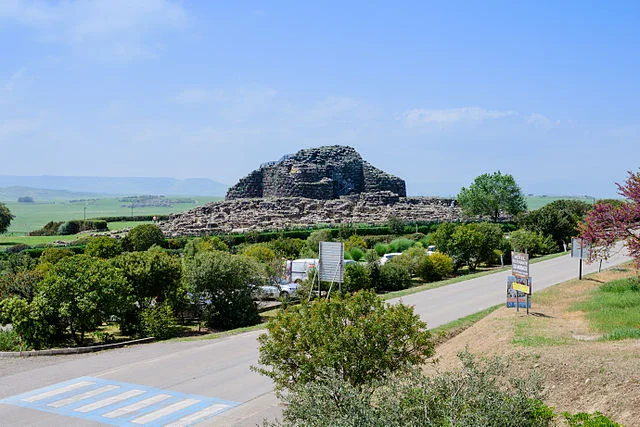
Su Nuraxi is a monumental example of the Nuragic culture, known for its unique stone towers, or “nuraghes.” These towers, scattered throughout Sardinia, served as defensive fortifications, communal living spaces, or even religious sites. The site at Barumini, however, stands out as the best-preserved and most complex of these structures.
Built between 1700 BC and 1200 BC, Su Nuraxi evolved over centuries. Originally, it began as a simple central tower, known as a “keep” or “mastio.” Over time, additional towers, a surrounding defensive wall, and a village of circular huts were added, reflecting the changing social and military needs of the Nuragic people.
Archaeological Discoveries
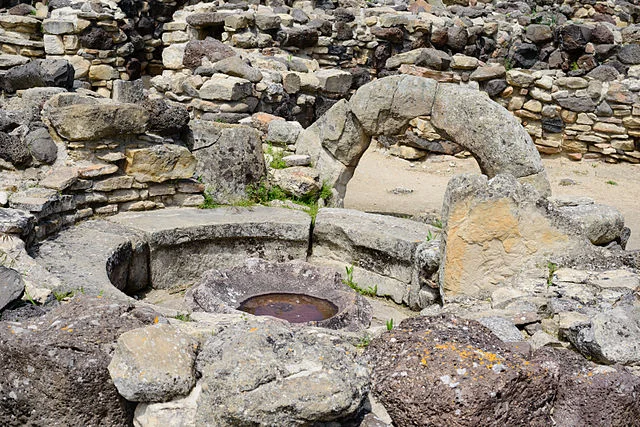
Excavations at Su Nuraxi, led by archaeologist Giovanni Lilliu in the 1950s, revealed important details about the site’s construction and the Nuragic way of life. The towers were built using large basalt blocks, stacked without mortar, showcasing advanced engineering skills for the time.
Inside the complex, archaeologists uncovered evidence of a vibrant community. Artifacts such as pottery, tools, and weapons were discovered, offering insights into daily life, trade, and warfare. The village surrounding the central structure included homes and communal buildings, indicating a well-organized society.
Architectural Features
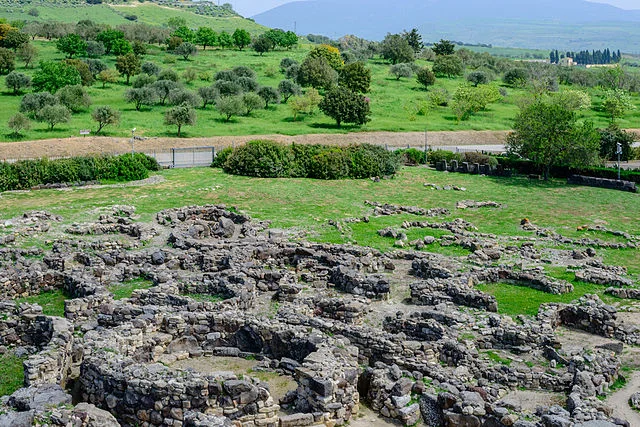
The central tower of Su Nuraxi stands over 50 feet tall and is surrounded by four smaller towers connected by a fortified wall. These structures, together with the village, were strategically designed for defense. Narrow entrances, high walls, and the layout of the towers allowed defenders to monitor and protect the site effectively.
The complex’s design also reflects the social hierarchy of Nuragic society. The central tower likely housed elite members, while the village served the broader community.
Cultural and World Heritage Recognition
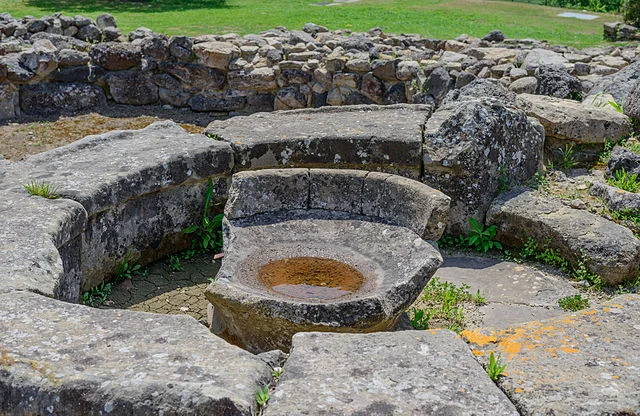
Su Nuraxi was designated a UNESCO World Heritage Site in 1997, recognizing its historical and cultural significance. The site offers a rare glimpse into the prehistoric societies of the Mediterranean and their architectural achievements.
Conclusion
Su Nuraxi (Barumini) stands as a testament to the ingenuity of the Nuragic civilization. Its well-preserved towers and village provide valuable insights into the social, military, and architectural practices of this ancient society. Ongoing research and preservation efforts ensure that this important site remains a key resource for understanding Sardinia’s ancient past.
Source:

